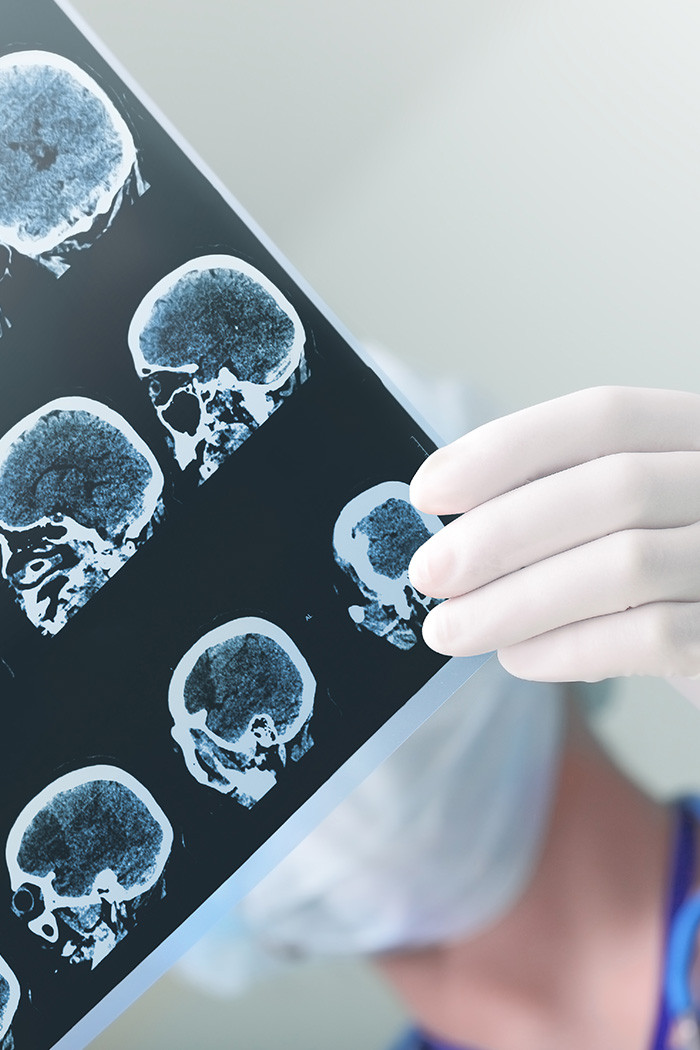Brain Injury from a Fall or Accident Causing Personal Injury

A blow to the head is a serious matter.
It could be a car accident, or maybe a trip / slip / stumble and fall.
The human skull does a pretty good job of protecting the human brain.
But it doesn’t protect perfectly.
So we see people with brain injuries of all kinds. The obvious injuries are where the skull is broken, when you can see brain tissue through an open wound, which is pretty good evidence that the brain is injured.
What many people do not know: Sometimes people suffer a brain injury even with the skull intact.
Many of these are so-called “acceleration injuries.” This means that a blow suddenly pushes the head in one direction, and when the head stops moving, the brain tissue inside does not.
This can cause all sorts of problems, one of which is what doctors call “axonal shearing,” which happens when tiny brain structures are damaged by the sudden acceleration / deceleration of the human head.
In the last fifteen years, doctors have learned a lot about brain injuries because our soldiers have suffered combat wounds abroad. Explosive explosions regularly cause acceleration injuries that were previously seen only in places where a person was hit by a solid object or in a car accident. For people suffering from traumatic brain injury, improving medical knowledge is a good thing. But we still have a long way to go, because traumatic brain injuries are very often a hidden injury. While people understand obvious injuries, such as the sight of a cast over a broken leg, people can be skeptical about injuries they cannot see.
So it’s incredibly important to recognize a traumatic brain injury, whether it’s your own injury or someone you love.
First steps
Often, a person with a traumatic brain injury won’t recognize they are injured. In fact, it is usually the people around the injured person who first notice that “something is not quite right.”
My friend Tom Dempsey has developed a questionnaire for the examination of suspected brain injuries that we use in our law firm. The first page of the form is for the person with suspected brain injuries, the second two pages are for family and friends to fill in. With the information from this form, a doctor or lawyer will have a better idea of what questions to ask and what steps to take to confirm or exclude the suspicion of traumatic brain injury.
Testing
If there is good reason to believe that a person is suffering from a traumatic brain injury, medical providers must evaluate the patient and conduct proper tests.
The best minimum application is for the patient to see a neurologist for an examination. If necessary, there are other specialists who can be helpful, such as neuropsychologists or neuropsychiatrists. A neuroradiologist can carry out various studies to help treating doctors locate problems.
While an emergency room X-ray or CT scan may look normal, other more specialized tests such as an MRI, PET scan, DTI or SPECT scan may reveal hidden problems.
The good news is that 85% of victims of traumatic brain damage will recover within two years, with the remaining 15%, often referred to by doctors as the “miserable minority,” facing a tougher time.
Irrespective of this, as in all medical fields, the sooner a patient receives adequate medical care, the better his or her chances of a good outcome.
Share this article
Schedule a free consultation
Find the answers and financial compensation you need to recover.